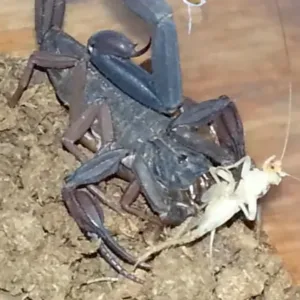If you’re interested in an aquatic pet that’s a little out of the ordinary, consider a soft-shelled turtle. This makes them more vulnerable to attack in the wild. Soft-shelled turtles can move quickly on land.
This family of turtles is native to parts of Africa, Asia, and North America. Softshell turtle meat is likely part of the recipe in places where turtle soup is a common dish. Softshell turtles can be intriguing pets for a turtle lover if they can avoid the stew.
These turtles are more interested in observation than handling. To get their housing set up properly, they need to make some effort. You can entertain for many years once you establish a routine.
Softshell Turtle Behavior
These turtles like to submerge themselves in mud when on land. Softshell turtles are vulnerable to predators because they lack a shell. Pairs of them will likely attack each other, so it’s not a good idea to house them together. They have powerful jaws that can do serious damage. The turtles don’t like being handled and don’t hesitate to attack a person if they feel threatened.
Don’t have a softshell turtle as a pet in a home with a small child because of its aggressive nature. A softshell turtle is vulnerable to being damaged by curious dogs, cats, and other pets, as well as being injured in the process.
The females of softshell turtles are larger than the males, so owners need to find a large enclosure for them. This isn’t a low-maintenance pet because it requires a moderate amount of care to keep it clean and properly heated in the large enclosure.
Softshell turtles feeding
Softshell turtles eat a wide range of insects, eggs, and fish in the wild. They will adapt to eating floating turtle pellets in captivity, as they are primarily carnivores. Softshell turtles are often offered prey items such as fish, crickets, worms, and other readily available prey items.
Smaller softshell turtles will eat small animals, such as mice. If you place the food in the water, you can let your turtle eat without having to get out of its pool. Adults should be fed once a day. For your turtle’s age and size, it’s a good idea to check with your vet about the amount and timing of the feedings. They don’t need a separate dish for drinking water.














Reviews
There are no reviews yet.